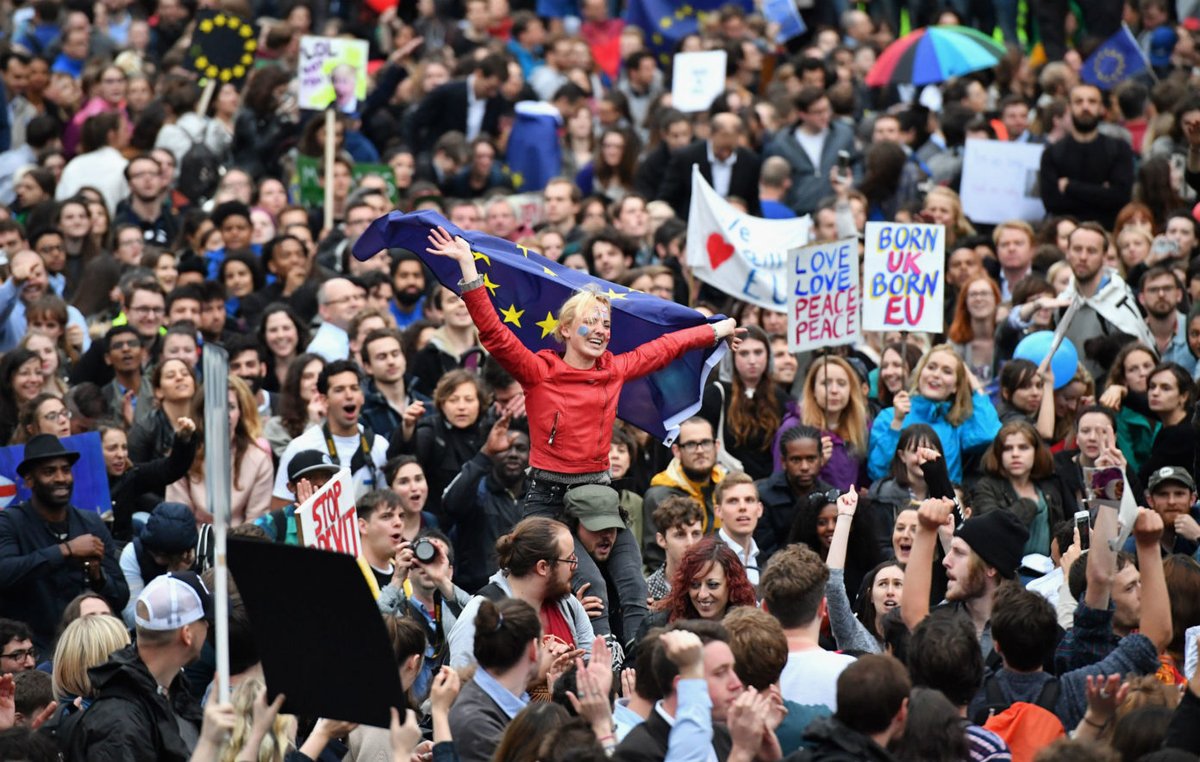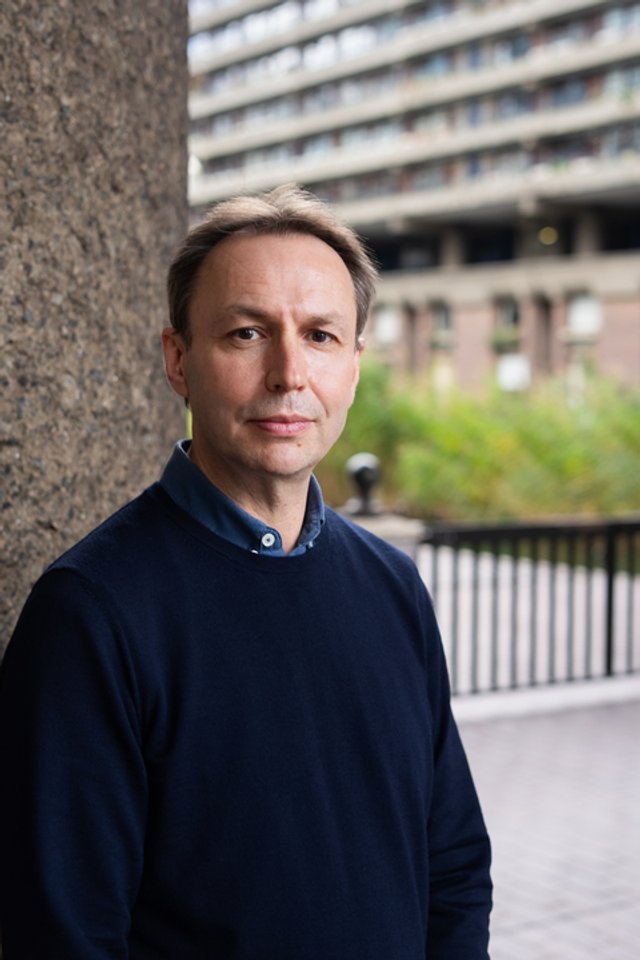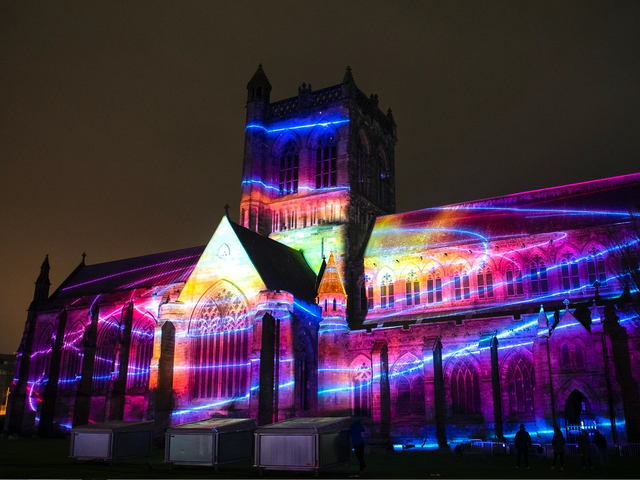The “Unboxed: Creativity in the UK” festival hasn’t had an easy emergence into the world. The idea was announced in 2018 by the then UK prime minister Theresa May. Conjuring the spirit of the 1951 Festival of Britain, May said it would “celebrate our nation’s diversity and talent” and mark the leaving of the EU, a “moment of national renewal”, with “a once-in-a-generation celebration”. Inevitably, it immediately became known as the Festival of Brexit and an avalanche of memes followed, some accurately predicting the reality of rotting, unpicked fruit and empty supermarket shelves that Boris Johnson’s Brexit Britain has become.
Part of the festival’s problem is appetite. Brexit is deeply divisive among the public and unpopular among the kind of performers and artists who are needed to deliver such an event. Even the title Unboxed feels problematic. Exactly what kind of “box” was Britain in prior to June 2016? Our arts organisations and individuals were acclaimed and respected across the world. In 2018, when we had left the EU on paper but not in practice, the creative industries contributed more than £111bn to the UK economy, demonstrating growth five times that of the economy as a whole in the same period. When many of the huge drivers of that boom are now struggling as a result of the double whammy of Brexit and Covid-19, a festival celebrating Britain’s post-EU identity seems phoney. And its £120m budget could assure the survival of institutions that have relentlessly delivered culture to local and international audiences for years, but are now in jeopardy.
The first concrete details of the festival emerged last month: ten projects involving multidisciplinary creative people—not just from the arts, but scientists, engineers, mathematicians and beyond—that unfurl in multiple locations across the year. They range from About Us, in which audiences will be “immersed in 13.8 billion years of history, from the Big Bang to the present day” to Dreamachine, where participants are “immersed in sound and light in an artwork experienced with closed eyes that explores the limitless potential of the human mind”, to SEE MONSTER, “an immersive public art installation and celebration of British weather in the coastal town of Weston-super-Mare”, and PoliNations, “an immersive forest in the centre of Birmingham filled with real and architectural trees”. The point of all this immersion, the organisers say, is to “bring people together”, (assuming the UK has got a grip on a deadly virus that would prevent this).
One aspect that unites the different strands is collaboration—Dreamachine alone unites Assemble, the architectural practice that won the Turner Prize in 2015, with, among others, the electronica composer and producer Jon Hopkins and Anil Seth, a professor of computational neuroscience. Plenty of individuals involved offer some assurance of quality across the different projects, from the musician Nitin Sawnhey’s involvement in About Us to the historian David Olusoga’s presence in StoryTrails, which promises “a magical”—you’ve guessed it—“immersion in the lost and untold stories that shaped our towns, cities and communities”.
But however talented the individuals involved, the think-tanked names set off alarm bells—collaboration can produce the sharpest thinking, but also the muddiest. Then there are the immediate elements of commercial partnerships at the heart of the process: Green Space Dark Skies will consist of 20 “wild and beautiful” places, lit up by “Lumenators” who will carry “lights designed by Siemens, using game-changing geo-positioning technology”.
Johnson said that Unboxed will be “unlike anything else that has been seen before”. The worry is that many of these early missives suggest it will be very like something that we have, which should make him shudder: the Millennium Dome.




